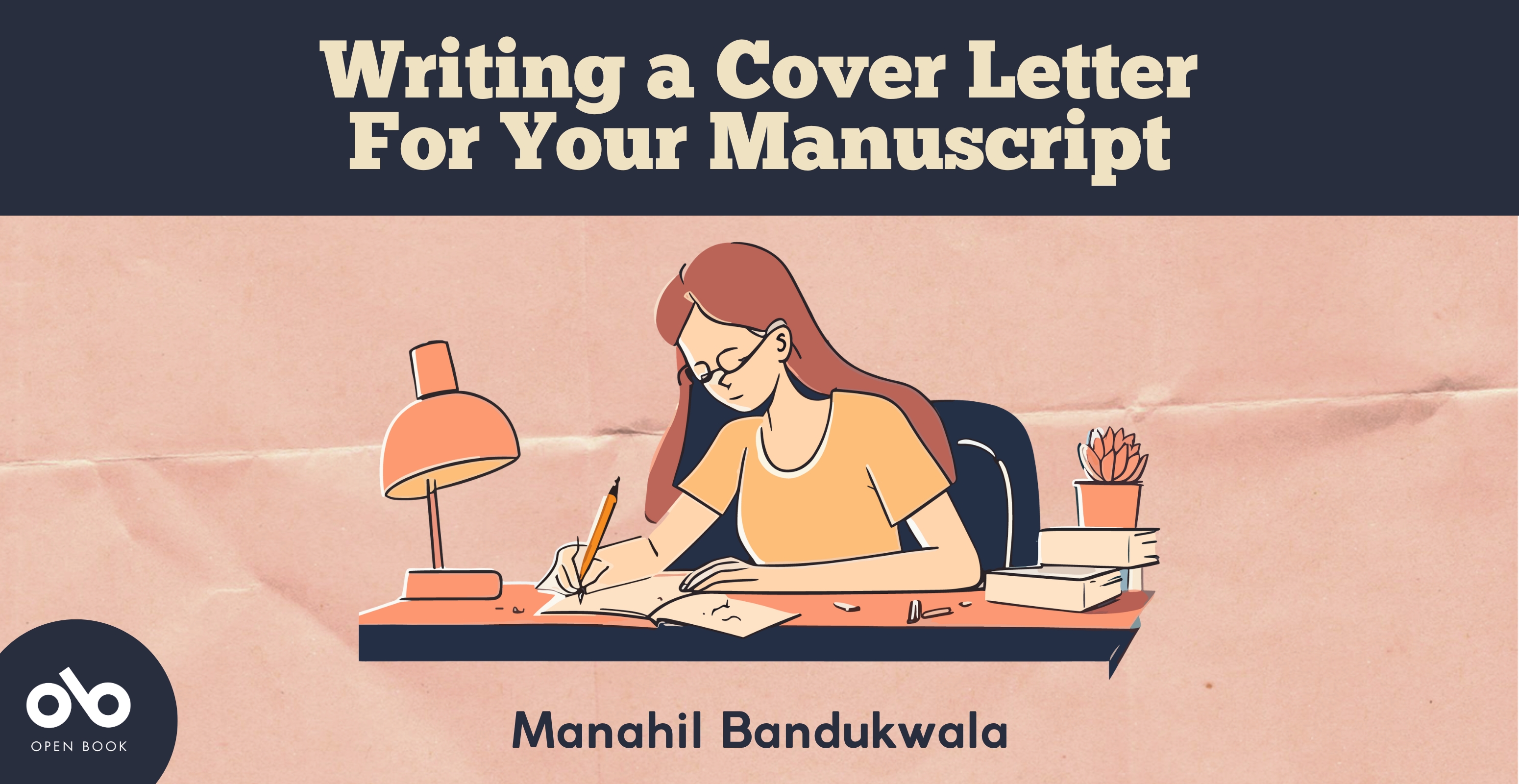Writing a Cover Letter for Your Poetry Manuscript
By Manahil Bandukwala
In the world of Canadian publishing, poets rarely have agents. Poetry collections are often published through small presses, and these presses have open submission periods where anyone can submit a manuscript.
In addition to actually having a manuscript, you’ll also be asked to submit a cover letter. The question that I’ve had, and have had asked to me, is what goes in the cover letter.
The info in this column doesn’t just apply for poetry, but for any manuscript you’re submitting directly to a press rather than through an agent.
_
Formatting Your Cover Letter
Let’s start with the easy part. The cover letter is formatted the same way it would be for a job. Your contact information is right at the top, then comes the date, then the press’s address and name.
You’ll then move into a greeting—typically, “Dear PressName” is great, but if the press lists its acquisitions editors, you can address the manuscript to them. Whenever you’re listing someone’s name, or even mentioning a press name, proofread it multiple times to make sure the spelling is correct. Autocorrect can sometimes change spellings,
After the body paragraphs, which I’ll cover in the next section, you include a polite closing, an expression of enthusiasm, and your name.
Paragraphs Within a Cover Letter
The most important things to include in a cover letter are what a press requests. If a press asks you to include a couple of their backlist titles to show how your manuscript would be a good fit, make sure you’ve done that.
Paragraph 1: The first paragraph will be an introduction to who you are and how you heard about the press. You can mention where you live, or where your literary practice is based. In the small world of poetry publishing, you might have had an encounter with an acquisitions editor who invited you to submit your manuscript—be sure to mention that.
Paragraph 2: The second paragraph is a description of the manuscript. If there’s an overarching plot, summarize that. If there are particular themes and stakes at play, talk about that. I like to mention the period of time in which I wrote the poems, who influenced the work, and what real-life events sit at the background or foreground of my poems.
This section is particularly important because it shares your intentions for the manuscript. Manuscripts go through thorough editing before they are published as books. If the intention of your work isn’t coming through but a press sees merit and strength in your poems, knowing what the intention is can be the difference between an acquisition and a rejection.
Your CanLit News
Subscribe to Open Book’s newsletter to get local book events, literary content, writing tips, and more in your inbox
Paragraph 3: Talk about your writing accomplishments: awards, residencies, and community connections. Editors are always considering the quality of the work first, but when they have to weigh work of comparable quality (and that always happens, given the richness of poetry here), a poet’s community and accomplishments start to come into play. Mention affiliations with literary organizations, universities, and so on. I like to tie my writing history to the manuscript at hand, to keep the cover later tight and succinct.
(Optional): I also like to mention what, if any, funding the manuscript has received from granting bodies. A granting body funding a manuscript lets a publisher know that there has already been interest in your project and your work. The Ontario Arts Council’s Recommender Grants program is a third-party grant program where publishers directly assess applications. If the press you submitted to awarded you a grant, definitely state that in the cover letter.
If the manuscript has received editing or mentorship prior to submission, you can mention that here, with a note on the depth of the feedback received.
Some presses request you list comparative titles from their catalogue. This is where research on a press is important. Is your work a good fit for them?
Creating Your Submission Package
Once you’ve written your cover letter, the last piece is preparing your submissions package. Different presses accept manuscripts through different means, though most presses accept online submissions now. A submission could be via email, through Submittable, or through an online portal on the press website.
For email submissions, I typically attach the cover letter to the email, and paste it into the body of the email as well. For online portals without a dedicated cover letter section, you can include the cover letter in the first page of the manuscript.
The views expressed by Open Book columnists are those held by the authors and do not necessarily reflect the views of Open Book.
Manahil Bandukwala is a multidisciplinary artist and writer. She is the author of Women Wide Awake (Mawenzi House, 2023) and Monument (Brick Books, 2022; shortlisted for the Gerald Lampert Memorial Award), and numerous chapbooks. In 2023, she was selected as a Writer's Trust Rising Star. See her work at manahilbandukwala.com.



